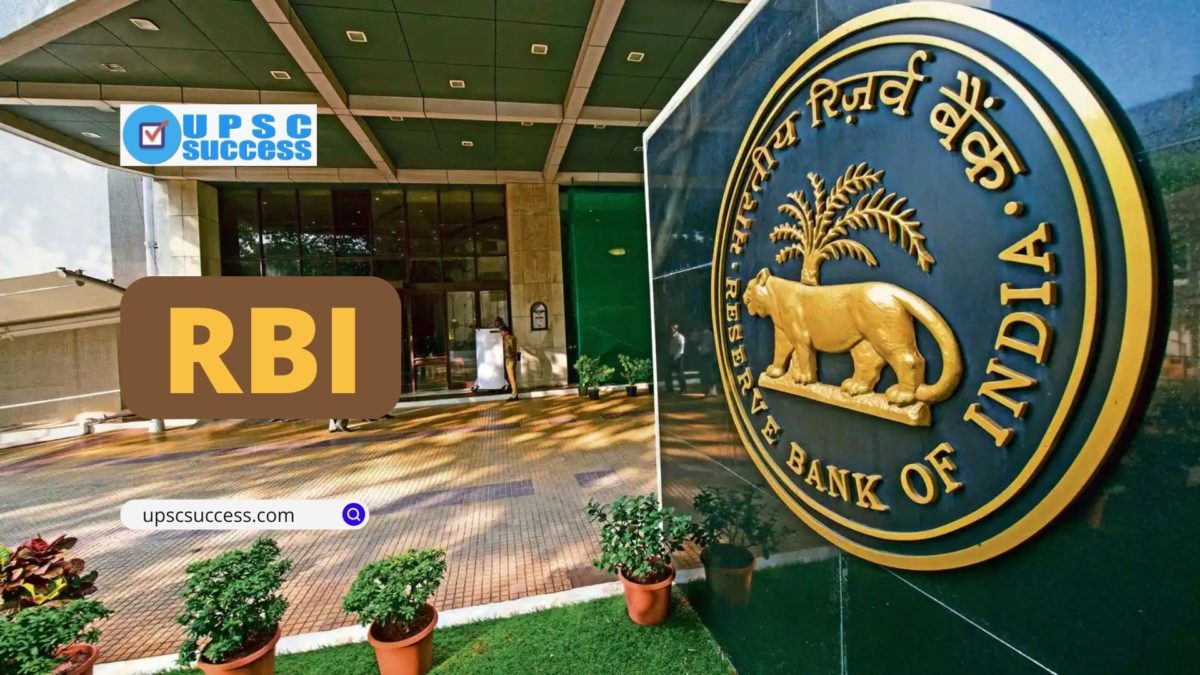The Reserve Bank of India was established on April 1, 1935, in accordance with the provisions of the Reserve Bank of India Act, of 1934.
The Central Office of the Reserve Bank was initially established in Kolkata but was permanently moved to Mumbai in 1937. The Central Office is where the Governor sits and where policies are formulated.
Though originally privately owned, since nationalisation in 1949, the Reserve Bank is fully owned by the Government of India.
Preamble of RBI:
The Preamble of the Reserve Bank of India describes the basic functions of the Reserve Bank as:
“to regulate the issue of Bank notes and keeping of reserves with a view to securing monetary stability in India and generally to operate the currency and credit system of the country to its advantage; to have a modern monetary policy framework to meet the challenge of an increasingly complex economy, to maintain price stability while keeping in mind the objective of growth.”
Acts administered by Reserve Bank of India:
- Reserve Bank of India Act, 1934
- Public Debt Act, 1944/Government Securities Act, 2006
- Government Securities Regulations, 2007
- Banking Regulation Act, 1949
- Foreign Exchange Management Act, 1999
- Securitisation and Reconstruction of Financial Assets and Enforcement of Security Interest Act, 2002
- Credit Information Companies(Regulation) Act, 2005
- Payment and Settlement Systems Act, 2007
- Payment and Settlement Systems Regulations, 2008 and Amended up to 2011 and BPSS Regulations, 2008
- The Payment and Settlement Systems (Amendment) Act, 2015
- Factoring Regulation Act, 2011
FAQs
The British Raj is known as the founder of the Reserve Bank of India. The Reserve Bank of India was set up on the basis of the recommendations of the Hilton Young Commission. The Reserve Bank of India Act, 1934 (II of 1934) provides the statutory basis of the functioning of the Bank, which commenced operations on April 1, 1935.
The Reserve Bank of India has offices at 31 locations.
As an independent central bank, the Reserve Bank is accountable to the Parliament for its actions.
The Reserve Bank of India was established on April 1, 1935, in accordance with the provisions of the Reserve Bank of India Act, 1934. The Central Office of the Reserve Bank was initially established in Calcutta but was permanently moved to Mumbai in 1937.
The inaugural officeholder was the British banker Sir Osborne Smith, while Sir C. D. Deshmukh was the first native Indian governor.
Sir Benegal Rama Rau, a member of the Indian Civil Service, was the longest-serving Governor of the Bank from 1949 to 1957.

